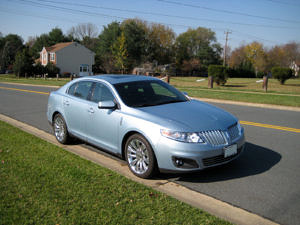 Starting about 15 years ago, some vehicles began shipping with Distance To Empty (DTE) computers on-board. These DTE computers take a few variables into account and give the driver a running update of how many miles he or she may drive before they run out of fuel. Now that I’ve owned a few vehicles which feature these displays, I have come to realize that there are two ways manufacturers calculate DTE: Optimist, and Pessimist (my own names for them). Read on for the explanation of each and which one I think is better.
Starting about 15 years ago, some vehicles began shipping with Distance To Empty (DTE) computers on-board. These DTE computers take a few variables into account and give the driver a running update of how many miles he or she may drive before they run out of fuel. Now that I’ve owned a few vehicles which feature these displays, I have come to realize that there are two ways manufacturers calculate DTE: Optimist, and Pessimist (my own names for them). Read on for the explanation of each and which one I think is better.
The variables in calculating distance to empty – the ones I know of – are these: Amount of fuel, Recent fuel economy and Current fuel economy. The way these variables are used is the difference between Pessimistic and Optimistic calculations.

The 2009 Lincoln MKS which I owned was a pessimist when it came to calculating DTE. The 2010 Nissan Maxima which I currently own is optimistic. Whereas the Lincoln started with a number based upon previous fuel mileage and never went above that number until the next fill-up, my Maxima’s DTE display can go up and down, on a minute-by-minute basis.

This leads to something I don’t like: the Maxima’s number varies greatly as I drive, by as much as 10-20 miles. Moving at a constant rate for several miles, followed by bumper-to-bumper traffic, leads the DTE display to go down 5-10 miles each time, which can be stressful for a driver to see. The Lincoln’s DTE display stayed at the same number when the current fuel economy was higher than expected, and only dropped based on real usage of gas. This leads to less “range anxiety,” a term recently used for electric vehicles.
In the future, I think it would be best if the automotive manufacturers in our country standardized on a single way to calculate the DTE display, and I further suggest that they standardize on a Pessimistic view.
by John Suit

